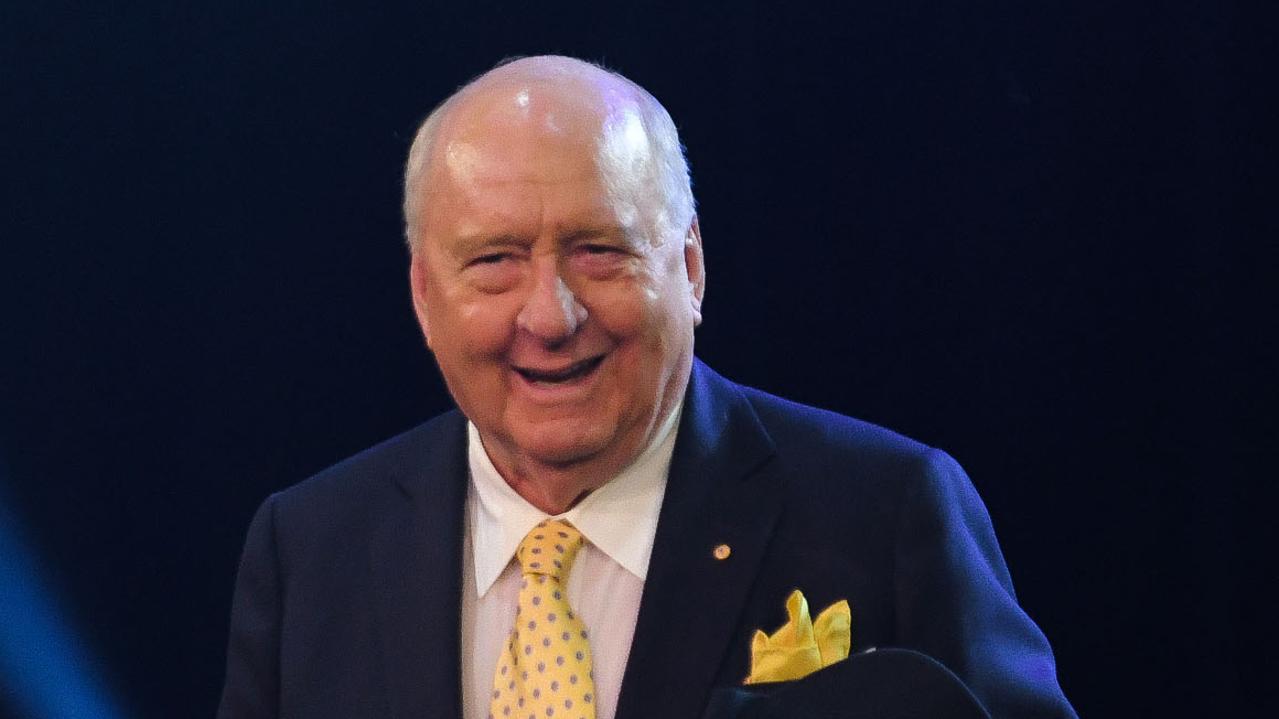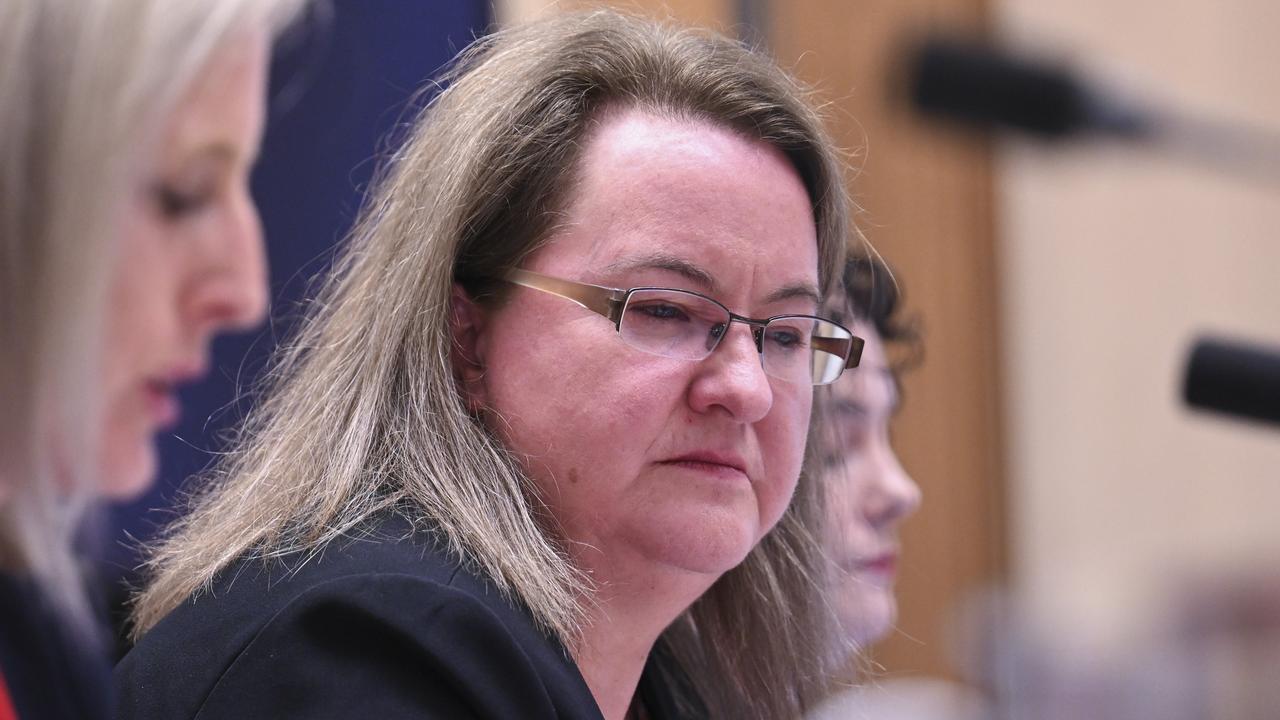Cadbury launches ‘Flavours’ campaign with rebrand, TV ad and social media campaign
YOU thought you were just some cog in the machine, but big brands like Cadbury are watching you VERY closely to see what you think.

Media
Don't miss out on the headlines from Media. Followed categories will be added to My News.
IF YOU clamour for something hard enough, you may eventually get your way.
Not too long ago, you had to put pen to paper or pick up the rotary phone to get in touch with a company, either to express your thanks or your disappointment. But with the scale and speed of social media, consumers can instantly get onto their favourite (and far from favourite) brands with just a few keystrokes.
And as many people have found out, when you talk, or sometimes scream, on social media, brands will listen. They won’t always talk back, but they will hear you.
It’s the old adage of if you give good or bad customer service that person will tell six people and those six people will tell another six people and so on. Of course, now instead of six people, that number is more likely 200 or 300 people on their social media networks in each instance.
Many brands have found themselves on the receiving end of social media feedback, for better or worse. That’s included the likes of Coles, McDonald’s, Woolworths and Vodafone who found themselves in the firing line for advertising on the Austereo and ARN networks after Kyle Sandilands and Alan Jones respectively made offensive remarks.

Or Target which faced an organised social media backlash over “hooker” clothes in its kids range. Social media can have brands and their marketing departments quivering in their boots lest an initially small group of opponents gain momentum and their cause goes viral.
But in the doom and gloom of the scary power of consumers, armed social media is the flip side. Social media can work to a company’s benefit if it approaches it with the right attitude — don’t be scared, be prepared to listen and remember that it’s a two-way street.
And if you provide the right kind of experience or interaction, consumers on social media can become a brand’s greatest advocates.
It’s this exact strategy confectionary giant Cadbury is hoping to tap into with its latest $7 million campaign.
The chocolate brand has rolled out new packaging, five new flavours and an ambitious marketing campaign to capture the latent love for the brand in its almost-100 year history in Australia.
Trickling through to shelves now are new Cadbury Dairy Milk block flavours Picnic, Crackle, Strawberries and Cream, Toffee Brittle and limited edition Cherry Ripe.
Additionally, Cadbury has also brought back Black Forest after demand from customers on social media.

Cadbury head of marketing Steve Chantry said: “We’re bringing back the old favourite, Black Forest. If you look at our Facebook page, the amount of disquiet looking for Black Forest is immense and we’ve been inspired by that to bring it back.”
It’s the emphasis on flavours that centres Cadbury’s new marketing push. Mr Chantry said he wants to start the “flavour conversation” with Australians, promoting Dairy Milk’s now 17 flavours.
To do this, Cadbury has ditched the fantasy world of Joyville with its whirligig purple and white Wonka-esque environment (incidentally, Wonka is owned by rival Nestle) and vowed to bring the “Joyful” concept into the real world.
Its new TV ad is set on a suburban street with a giant dominoes game made up of Dairy Milk blocks. The ad will run every week across Australian TV screens over the next five months. Mr Chantry said the campaign (devised by ad firms Saatchi & Saatchi and Isobar) is easily the biggest marketing activity Dairy Milk will undertake this year.
While the TV ad forms of large part of how Cadbury will look to speak to consumers, it’s through social media that those consumers will talk back. A key component of the campaign will be on social media as Cadbury seeks to have consumers answer the “Which flavour do you favour?” question.
Mr Chantry said: “[Social media] is what we’re using as a springboard for a national conversation. All you have to do is ask one of your friends what their favourite Cadbury Dairy Milk flavour is. The social virality of the idea is immense.”
To that end, Cadbury is assigning a “personality” to each of the 17 flavours and will create content for its social channels that consumers can share. Consumers can also input their personality traits into a “social vending machine” which will match them up with a specific flavour. Cadbury will also be engaging in daily conversations and posts.
Mr Chantry added: “I firmly believe it’s the most ambitious, bold and audacious campaign we’ve ever tried to do in terms of an integration of a TV commercial and our biggest ever investment behind social media.”
That investment in social media reflects the increasing importance that brands such as Cadbury place on the platform that gives it an instantaneous look into consumer sentiment. It’s like an always-on market research tool.

“The opportunity is to really have direct consumer feedback on our brands,” Mr Chantry said. “The passion you hear towards flavours like Black Forest, we’re fortunate enough that we can receive that feedback and be able to act upon it.
“As you move through the flavour journey, they’ll be further opportunities in both this program and in subsequent programs we do that’s really learning from direct consumer feedback online.”
But it’s no wonder the likes of Cadbury are listening. Chocolate is big business. According to IBISWorld, the chocolate and confectionary business in Australia is worth more than $6 billion and employs over 13,000 people. Cadbury parent company Mondelez has a 43 per cent share of the market, according to a Euromonitor report.
So there’s a lot of money in keeping customers happy.
Late last year, Cadbury increased its block sizes from 200 grams to 220 grams due to consumer feedback. However, the increase is still a net deficit from the previous Cadbury block size of 250 grams, which was controversially reduced in 2009. At the time of the size reduction, retailers largely failed to lower prices in line with the smaller product.
Cadbury has also previously backed down on the inclusion of palm oil in its chocolate, a decision it reversed once chocolate lovers kicked up a stink.
And just a few years ago, social media didn’t even have the kind of power it does now. Imagine what you might achieve the next time you feel compelled to change something.
Originally published as Cadbury launches ‘Flavours’ campaign with rebrand, TV ad and social media campaign



